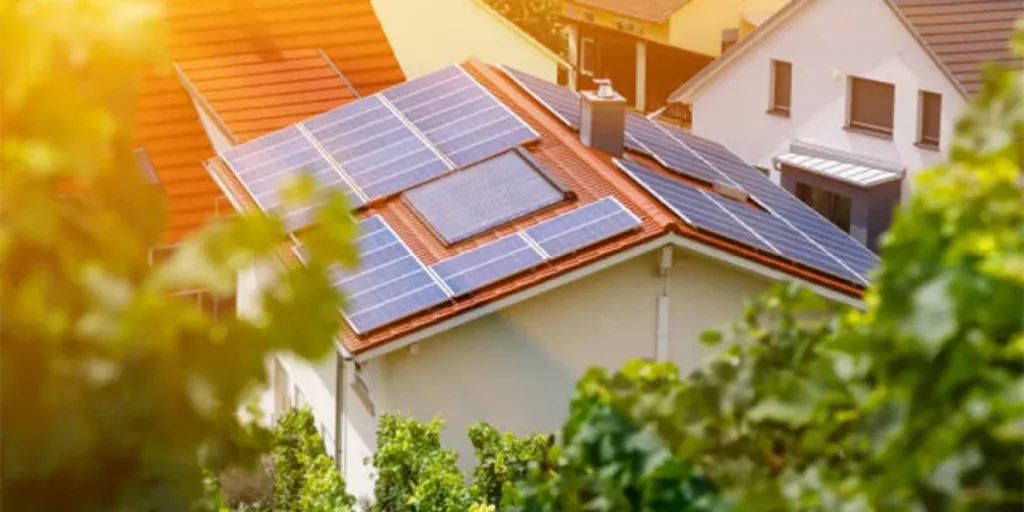With growing global demand for renewable and clean energy, efficient and sustainable energy solutions are becoming increasingly important. Due to the scarcity of lithium resources, sodium batteries have received widespread attention from academia and industry both domestically and internationally since 2010, and related research has rapidly increased.
Currently, sodium batteries have moved from the laboratory stage to market application. Many companies around the world, such as China’s Ningde Times and Japan’s Kishida Chemical, have begun to lay out their industrial layout for sodium batteries.
In June 2018, a Chinese company named ZhongkeHaina launched the world’s first sodium battery (72V, 80Ah) low-speed electric vehicle, and in June 2021, the company launched a 1MWh sodium battery energy storage system.
This article explores the characteristics, advantages, commercial value, and future development prospects of sodium batteries.
Table of Contents
How sodium batteries work
Advantages and characteristics of sodium batteries
Application range of sodium batteries
Market prospects and development trends of sodium batteries
Conclusion
How sodium batteries work
A sodium battery is a secondary (rechargeable) battery that primarily relies on the movement of sodium ions between the positive and negative electrodes to function. A sodium battery consists of a positive electrode, a negative electrode, a current collector, an electrolyte, and a separator.
The working principle of sodium batteries is similar to that of lithium-ion batteries. During charging and discharging, sodium ions move back and forth between the two electrodes. When charging, sodium ions are de-intercalated from the positive electrode and embedded into the negative electrode through the electrolyte. During discharging, the process is reversed, with sodium ions being extracted from the negative electrode, passing through the electrolyte and becoming intercalated into the positive electrode material, restoring the positive electrode to a sodium-rich state.
Advantages and characteristics of sodium batteries
Compared to traditional lithium-ion batteries, sodium batteries have some unique advantages and characteristics.
For example, sodium batteries are relatively low-cost. Sodium batteries are mainly made from sodium salts, which are more abundant and cheaper than lithium salts. In addition, sodium batteries use manganese nickel-based materials as positive electrodes, which do not require the use of rare and expensive cobalt or nickel metals, further reducing material costs. Therefore, the overall manufacturing cost of sodium batteries is relatively low.
Secondly, sodium batteries are very safe. They have higher internal resistance, resulting in less heat generation during short-circuiting. Therefore, they are more stable during charging and discharging and pose fewer safety risks such as via combustion or explosions. In addition, sodium energy storage batteries have fewer temperature restrictions for use and can function normally even under high or low temperatures.
Thirdly, sodium batteries are more environmentally friendly as they do not contain toxic or heavy metal elements such as lead and mercury. In comparison to other types of batteries, sodium batteries also have a lower negative impact on the environment during production, usage, and recycling.
Fourth, they have a long service life. Sodium batteries can charge several thousand times or more, which is significantly higher than traditional lead-acid batteries or lithium-ion batteries. Therefore, the use of sodium batteries can reduce battery replacement costs and maintenance costs.
Application range of sodium batteries
One downside to sodium batteries is that compared to lithium batteries, they have a lower energy density, meaning that they tend to require more space for the same amount of stored energy and have certain limitations on usage space. It is therefore expected that they will first be applied in low-speed electric vehicles. As the industry matures, it is likely that sodium batteries will gradually be applied to energy storage scenarios such as renewable energy storage, household, and grid-scale energy storage, etc.
Despite their reduced capacities, the comprehensive performance of sodium batteries is nevertheless better than that of lead-acid batteries. Under the global trend of green development and environmental protection, replacing short-lived, high-polluting lead-acid batteries with sodium batteries looks to become the general trend. The industrialization of sodium batteries is still in its infancy, but subsequent costs are expected to decrease and eventually become lower than those of lead-acid batteries, enabling large-scale industrialized applications.
In addition, due to their low cost and long service life, sodium batteries have unique advantages in large-scale energy storage systems. Compared with traditional lithium-ion battery systems, energy storage systems built using sodium batteries can meet energy demands more economically and reliably. Sodium batteries will therefore play an important role in storing excess electricity from new energy sources, such as solar and wind power. The instability of these renewable energy sources means that the energy supplies fluctuate, making sodium batteries an ideal choice for storing excess electricity from new energy sources.
Market prospects and development trends of sodium batteries
With increasing attention paid to sustainable development and clean energy sources, the market prospects for sodium batteries are broad, and they are likely to play an important role in future energy transitions. With rapid development in the fields of energy storage and electric vehicles, there is ample room for the market expansion of sodium batteries.
As such, the competition for market influence in the field of sodium batteries will become a new battleground for global energy technology in the next decade and will continue to be an investment hotspot in both primary and secondary markets. According to EVTank’s forecasts, a dedicated production line capacity of 135GWh for sodium batteries will have formed across the electric battery industry chain by 2023, while the actual shipment volume of sodium batteries is forecast to reach 347GWh by 2030. Based on this calculation, from 2024 to 2030, the compound annual growth rate of sodium battery shipments is estimated to be 58.1%.
At present, the relevant technologies in the sodium battery industry chain are still maturing. In the initial stage of realizing the industrialized mass production of sodium batteries, two aspects need to be prioritized: first, improvement in battery performance, including improvements in energy density and cycle life. Among all current technology routes, the layered oxide-hard carbon system has the highest energy density and is expected to be commercialized first. The low-energy density of both Prussian blue (white) and polyanionic routes is also expected to gradually improve with the continuous advancement of major manufacturers, creating more options for sodium battery cathode materials.
Second, cost considerations for large-scale production must also be reduced. Compared with more mature lithium batteries, the production cost of sodium batteries is not yet advantageous to manufacturers. However, as major manufacturers gradually increase their output and latter-stage production matures, the cost of sodium batteries is expected to fall to the level of lead-acid batteries, gaining a greater competitive advantage.
Conclusion
In conclusion, sodium batteries, as a new generation of energy storage technology, have significant commercial value and development prospects. With their low cost, improved safety, long lifespan, and environmental friendliness, they are currently the ideal choice for low-speed electric vehicles and renewable energy storage. With increasing global attention being given to sustainable development and clean energy, the sodium battery market is expected to continue to grow. Finally, as the technology continues to improve, sodium batteries are expected to find wider applications in areas such as portable batteries, showcasing even broader development prospects.




